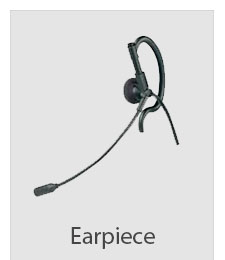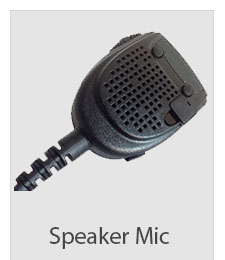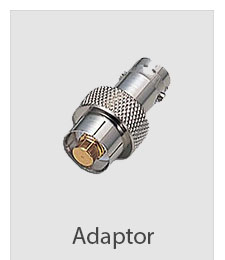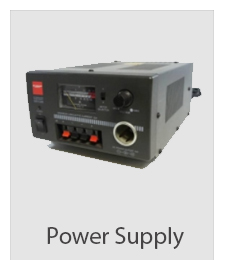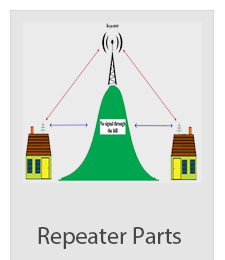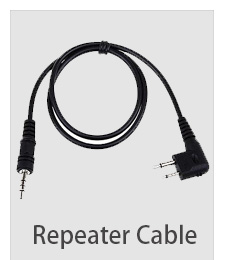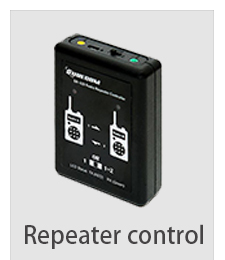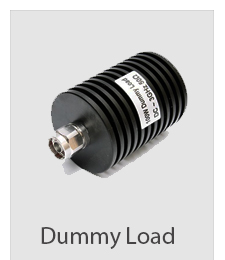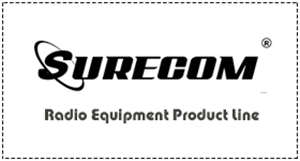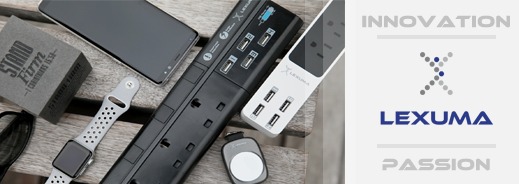Choosing a Radio Channel
Find out if you need a license for some devices and channels. Check your government’s rules before using the radio to transmit.
- In the USA all radio transmitters must be certified by the manufacture for compliance with specific rules and have an FCC-ID label associated with its testing and certification for use in FRS or GMRS bands. In particular, a ham radio cannot legally be used in the USA to transmit on FRS or GMRS frequencies, other than certain limited emergency uses, as permitted by statute.
- Currently, in America, you also need an individual (personal) FCC-issued license to transmit with a "GMRS radio". A GMRS license is, for example, required for transmission on a radio having outputs exceeding 2 watts, even if using an "FRS" frequency.
- In the USA, combination FRS/GMRS radios may use 2 watts on channels 1-7 and 15-22. When you select channels 8-14, your radio will only work under the half-watt limit. No personal license is necessary for use of FRS frequencies because the operator of a certified FRS unit is granted a "license by rule". An FRS unit may also communicate with a GMRS unit.
- Under Australian and New Zealand’s CB system, you do not need a license.
Avoid reserved channels. Some channels are designated to serve specific functions. Others are frequented by local groups of people participating in specific functions. Check the documentation in your area for channel uses.
- For example, in Australia and New Zealand, 5 and 35 are used for emergencies. .
- In Australia and New Zealand, channel 11 is for establishing contact with someone. Channels 31-38 and 71-78 are reserved for contacting duplex repeaters.
- Furthermore, CB radio users also tend to keep 1-8 open for ranged communication, 10 for clubs and park guests, 11 for locating someone else, and 40 for truckers.
- In America, some areas may use GMRS channel 6 (472.6725) as a distress signalling channel, also sometimes configured on FRS/GMRS radios as channel 20, but limited to 2 watts of output power. FRS channel 3 (462.6125) is also used as a distress frequency.
- There are 8 GMRS frequencies (in the USA) reserved for use as inputs to repeaters, generally in the range of 467.550 to 467.725. Channel assignments of these vary among different radio manufactures, e.g., 1-8 on some and 15-22 on others.
Put in a privacy code to reduce noise when public channels are busy. Your radio may have a setting that allows you to choose a code, such as a second channel input button. Set your main channel first before picking a privacy code. When you set a code, your radio will tune out all the chatter on that channel other than that from people using the same code.
- Different manufacturers have different codes. For example, Motorola uses codes 1-38, all leading to different privacy frequencies.
- Using privacy codes does not make "crowded channels" any less crowded and may contribute to more unintentional interference. Because you cannot "hear" others already talking on a channel when your privacy codes are active in your unit, it is harder to avoid breaking in, rather than waiting your turn.
- Privacy channels aren’t private. Anyone who is on the standard channel you chose will hear you. You won’t hear them because they aren’t using your privacy code.
Use your UHF radio lawfully. Different countries have varied restrictions on how and when you may use the public UHF band. Under the US regulations of the FCC, you are not allowed to transmit advertising, to transmit message for which you are being paid, transmit obscenities or profanity, to intentionally interfere with others, or to transmit for criminal, false, or deceptive purposes.
- You are generally required to yield a channel for emergencies and to attempt to assist others who are transmitting a distress signal. It is illegal to transmit any intentionally false distress signals.
- Personal radio services are shared by everyone. You are expected to cooperate in coordinating transmissions to avoid interference and make efficient use of the channels.
- It is possible to have a UHF public-band radio (or at least a UHF receiver) combined with the capability of monitoring transmissions in other bands, such as weather alerts, race cars, or public safety channels. Some US states have laws that restrict or prohibit possession or use of receivers capable of monitoring police communications. It is up to you to know and comply with the specific laws in your area.
- Penalties for violation of FCC regulations (and the Communications Act: 47 USC § 501) may result in severe fines, if not also confiscation of your equipment or even federal prison.
|






